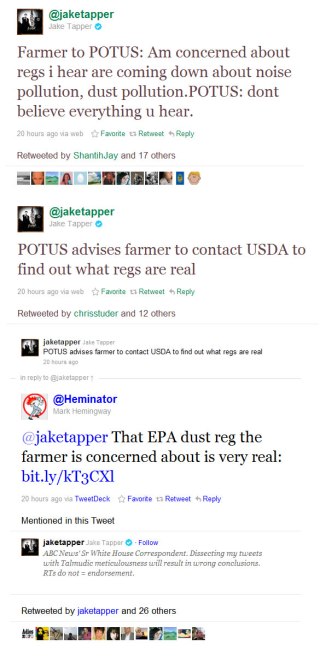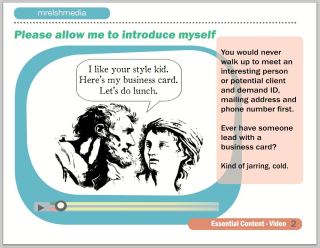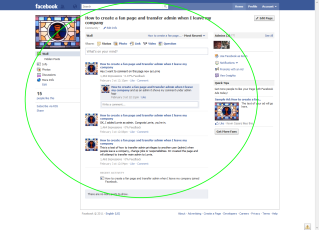
Many suspect that Facebook is now reducing the relevant organic reach of brands in favor of more relevant paid content.
Summary: Facebook’s algorithm improves the relevant content in a user’s news feed. Most Facebook users are not active, but passive in their news feed and therefore accept the ‘improved’ news feed experience, which includes organic ‘and’ paid content.
Facebook has filtered its news feed with a sorting algorithm known as EdgeRank. This algorithm collects every possible signal to determine the relevance of every post to every user.
Your Facebook news feed is stuffed with tons of content that is then filtered in an attempt to create a user experience of ‘relevant’ posts. Facebook curates this relevance for you with both organic and paid posts. Facebook users, who nearly never adjust or improve their news feed, receive this feed.
Many suspect that Facebook is now reducing the relevant organic reach of brands in favor of more relevant paid content. So if Facebook will not willfully deliver brands into the normal news feed, brands have to find ways of sharing channel content more efficiently with users and/or purchasing paid ads from Facebook.
Focus on active rather than passive users
Active users will still drive to a brand’s Facebook channel directly for customer service, but brands can help active discovery of content through search, hashtags, co-branding, links, etc. It’s impractical to ask passive users to adjust their Facebook settings (Most Recent compared with the default Top Stories) to improve news feed penetration for your brand. Passive users won’t.
There are things that your brand can do organically for active users. These users are attempting to curate and filter their Facebook experience. These are the users that search for your brand and arrive on your Facebook page for regular features, who search for hashtags and keywords, and who scan the Friend Feed – “Paul Morrison likes Dearborn Sausage Company’s photo.”
Engagement from active curators (along with quality content) combined with paid ads is the formula that Facebook claims improves reach.
We will continue to monitor the issue of diminishing organic reach (falling from 45-40 percent to 10-12 percent in early 2014). Our initial strategy was to refine organic efforts to maximize our limited opportunities in the news feed. But it is becoming painfully obvious that brands on Facebook will have to consider a paid strategy, as well.
Subsequent discussion is that the end-game for Facebook is to reduce organic reach to zero and become a full-paid platform (much like a newspaper, and we know how things worked out with that model ;).
Play nice with Facebook’s algorithm
Don’t hold your breath on Facebook detailing all the factors in its son-of-EdgeRank algorithm, but here are a few factors that we know about, how they work and possible organic solutions (things you can do before paying for boost posts and sponsor ads).
- Affinity factor: When a post receives high engagement (likes, comments, shares), Facebook serves on more news feeds. If many users are interested, then other users are likely interested. Organic Solutions: Improve the quality of useful info and improve engagement.
- Timing factor: Know when your audience is online, and publish posts at those times. Organic Solutions: Review Facebook Insights and modify posting times in your editorial calendar.
- Story Bumping factor: Facebook’s EdgeRank is believed to produce ‘Time Decay.’ This means that the older a post got, the less likely it would appear on news feeds. So if a lot of people engaged with your post (Affinity), Facebook might bump it back up the news feed. Organic Solutions: Improve the quality of useful info and improve engagement.
- Instagram Weight factor: Facebook weights new page features high including sharing of Instagram posts on Facebook (‘regramming’). Facebook purchased Instagram in 2012. Organic Solutions: ‘Regram’ content in your Facebook news feed.
- Last Actor factor: Facebook will survey that past 50 engagements of a user, giving more weight to posts from pages the user has recently interacted with. Organic Solutions: Increase affirmation, comment threads with top users.
- Links factor: Instead of embedding a links, try adding an image and putting the link in the status update section. Users will interact more with images. This produces a larger image versus the small image that Facebook displays with the embedded link. Organic Solutions: Add image and add link to image status.
Facebook best practices
What’s a brand to do next? Focus on these four things:
- Improve the quality of organic posts by understanding Facebook’s algorithm.
- Focus engagement efforts on active users rather than passive users.
- Prepare a limited paid strategy (Post Boost) and A/B test with organic posts.
- Cross promote on other social channels and especially channels that are already linked with Facebook (Instagram).
Kevin Cesarz is the Director of Social Engagement for Thread Marketing Group in Toledo. Ohio.






